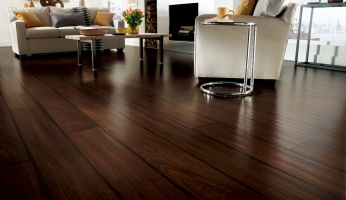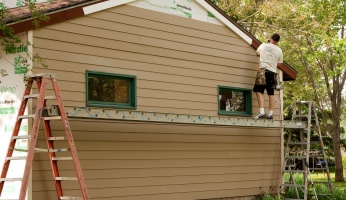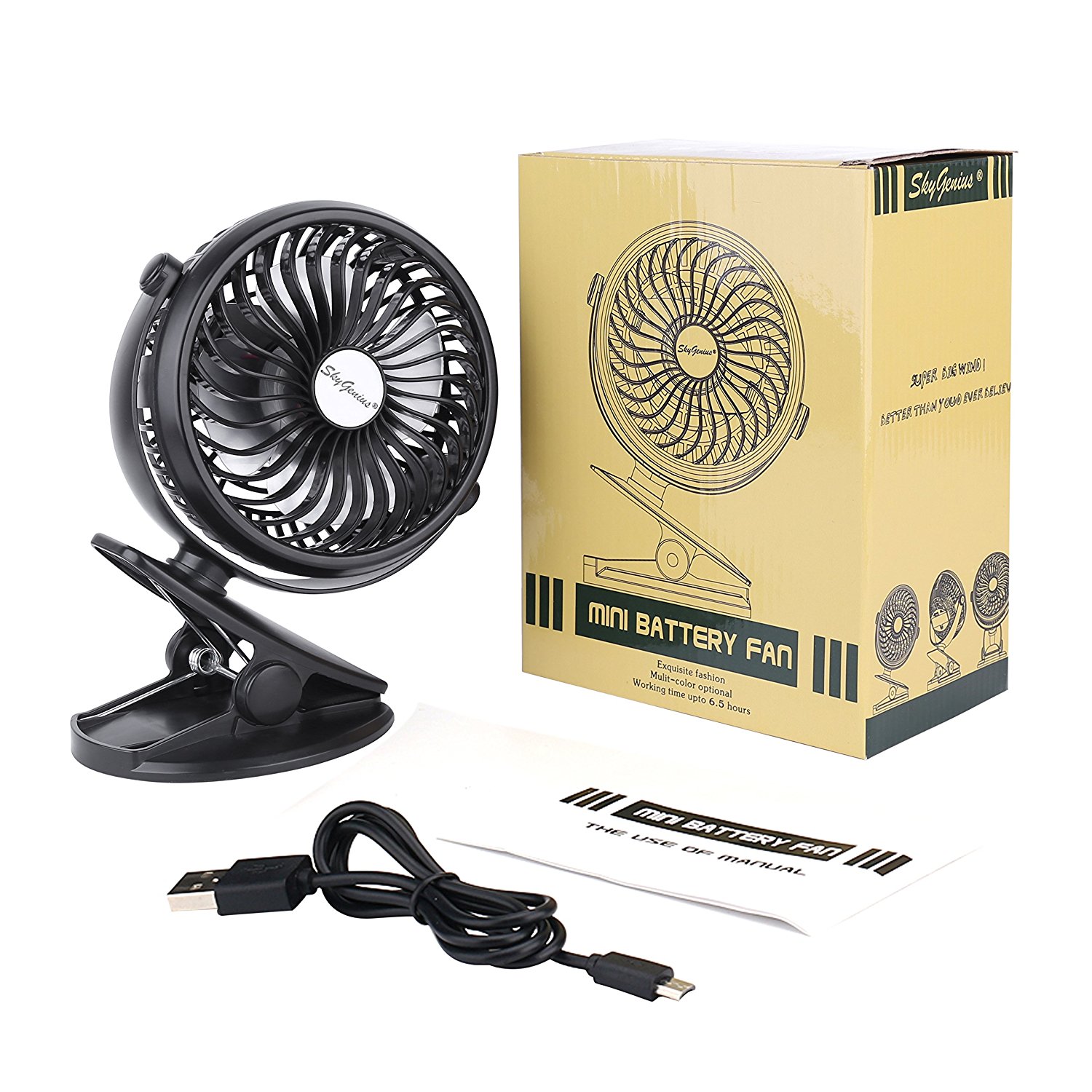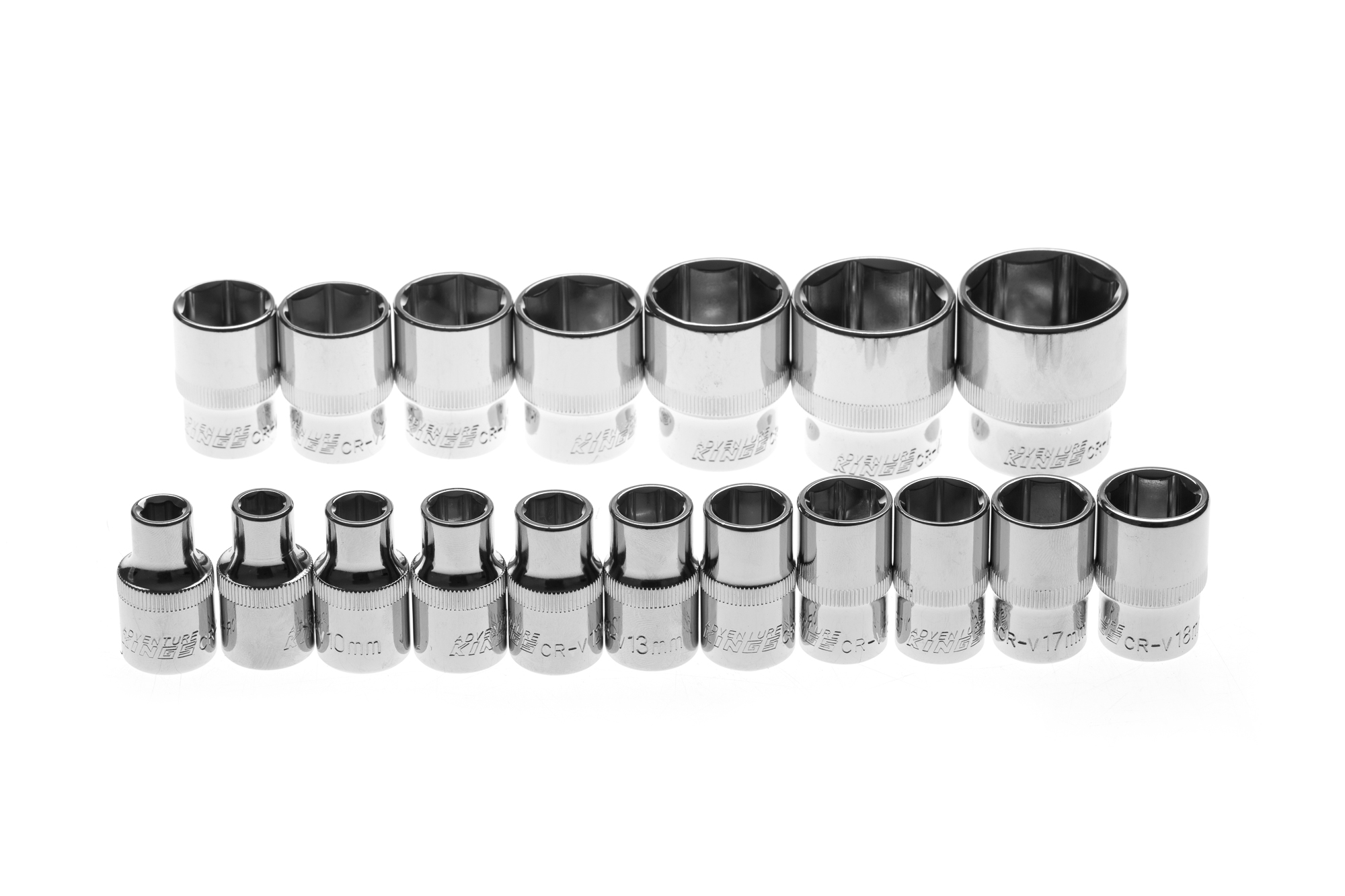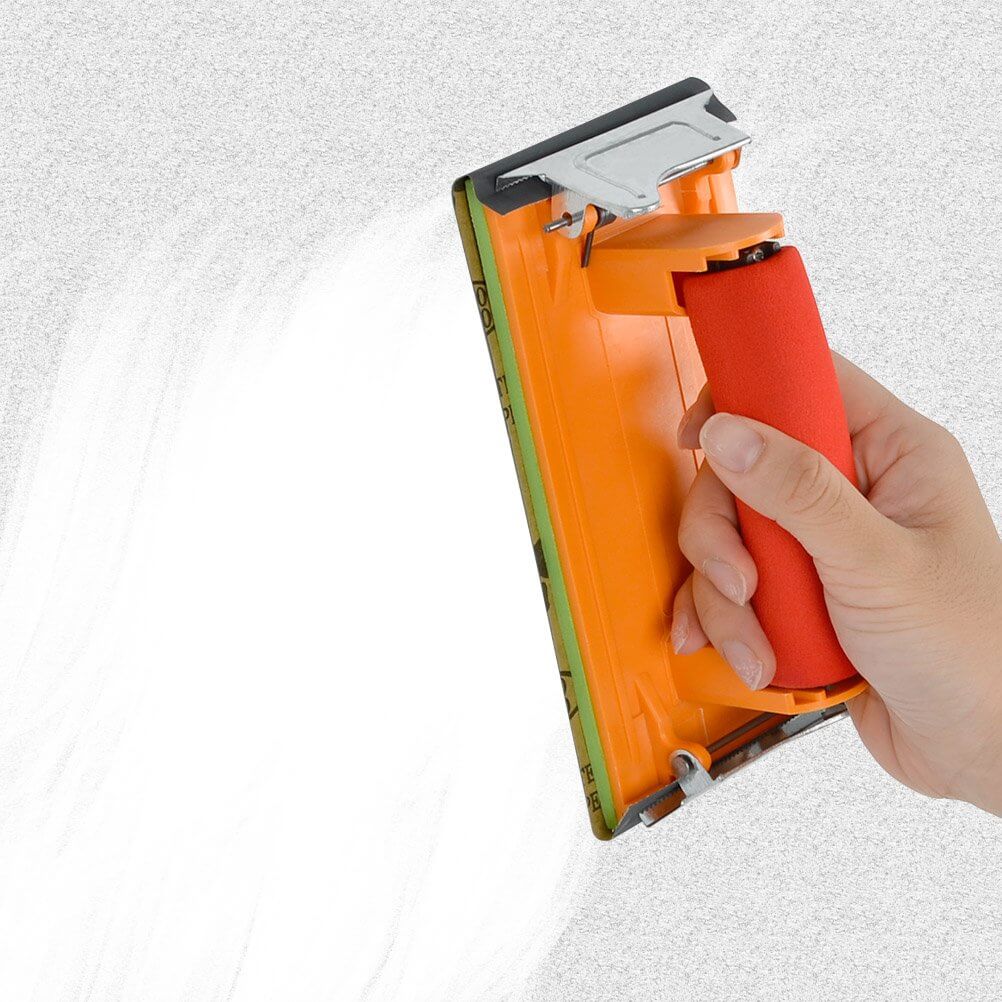- No Obligations
- Stop Paying Too Much For Your Contractor
- No Spam Calling
- Screened & ID Checked Contractors only!
Painted Brick Fireplace: Color Ideas and Products to Use
4
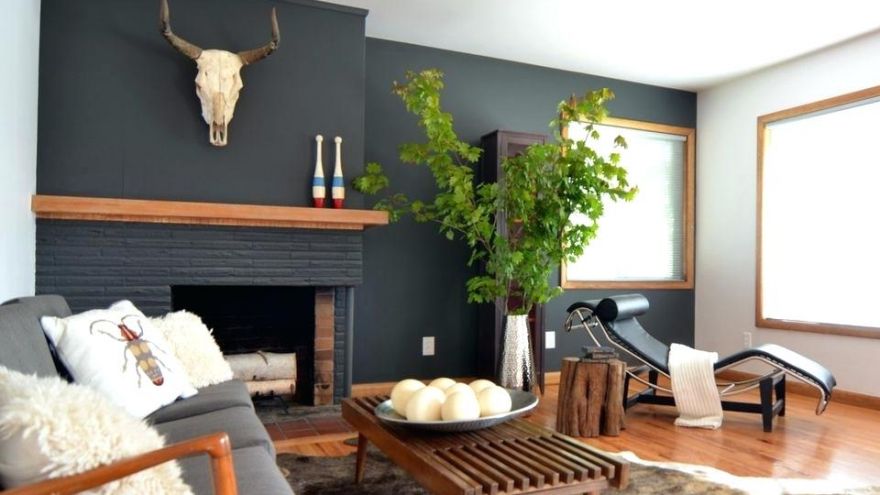 Painted Brick Fireplace: Color Ideas and Products to Use
earlyexperts.net
Painted Brick Fireplace: Color Ideas and Products to Use
earlyexperts.net
In the 1970s red brick fireplaces were all the rage, practically every home you visited had one. At the time they were thought to give a rustic appearance, and hark back to pioneer days when the hearth was the center of the home. Times have moved on, and very few homes are built with red brick fireplaces any more. However, that still leaves millions of properties across the country with fireplaces that stick out like a sore thumb. The towering brick of a fireplace and chimney can overwhelm a living room, and make what should be an open and inviting space into something dark, closed and with an air of foreboding. Changing the color can completely transform your living area into something attractively modern. It won’t cost a lot of money or time to get just the look you’re after. If you plan ahead most fireplaces can be painted in a day, even allowing for the drying time. The process can be split into three stages, cleaning, priming, and finally painting.
Cleaning & Preparation
If you want a good paint finish, then your fireplace will need a good clean before you start. Bricks accumulate dust, grit, and debris over time, so the first step is to wash the surface down with soapy water. Scrub the surface of the brickwork with a stiff-bristle brush to get rid of the dirt and any of mortar from between the bricks that might have powdered over time. Depending upon the age of the fireplace and the use it’s had, there may be soot deposits on the bricks immediately above the hearth. To you will need to use trisodium phosphate (TSP) diluted in water.
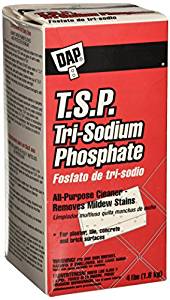
A half cup of TSP in a gallon of water should be enough. This may need some rubbing to get and soot that has penetrated deep into the porous brickwork. Finally, if there is any mold or mildew visible a gentle sponging with bleach diluted one part to three parts water, and letting it soak for about 30 minutes should do the trick. Light scrubbing of the surface with a wire brush will get any stubborn stains out of the bricks. Before painting, it’s best to let the bricks dry out for about 24 hours before moving on to the next part of the process.
Once cleaned, any cracked brickwork can be repaired with an acrylic filler, which can be bought from any home improvement store. Allow enough time for the product to dry before moving on to the next stage. In the meantime, it’s time to mask off the areas you don’t want to get paint on. Using painter’s tape and plastic sheeting or drop cloth, cover the floor and the fireplace hearth to protect them from paint spatter.
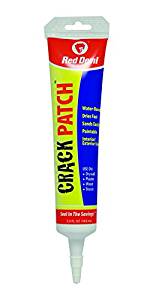
Priming
As the brick is a porous medium, it needs a coat of primer before the application of a top coat. Most professionals recommend a latex masonry primer for internal or external use which can be water or oil-based. Most primers come in either white, gray, or black, so pick the color that will work best with the main color you have chosen for the fireplace brick.
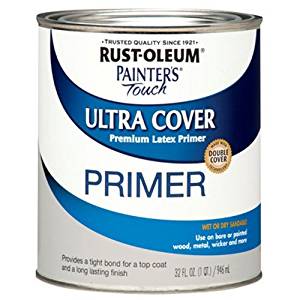
You will also need a small brush about 1-inch wide, and a 3.5-inch roller to apply the primer. Use the small brush to do the edges first so that you can get a clean ‘cut’ between the brickwork and the surrounding wall. Then use the roller to apply the primer. Using a roller allows the paint to sink into the uneven surface of the brickwork, and thus speeds up the job. If the roller cannot reach the deep crevices in the brickwork use the brush to stipple the primer into the cavities. You may need a second coat of primer to give a uniform base for painting. Once you are satisfied with the finish, allow the primer to dry overnight.
Painting
As with the primer, an interior latex heat resistant paint would be ideal. This type of paint comes in gloss, semi-gloss and matte finishes. Most people opt for a matt flat finish to go with the natural tone of the brickwork, but it is all down to personal choice. Try and make sure that any paint you use is heat resistant as fireplaces will generally reach a temperature of up to 200F. You go about painting in the same way you do with the primer. Getting the edges straight and clean using a small brush, before tackling the body with the roller.
If the primer has done its job properly, you may only need to apply one top coat to get the perfect coverage over your brick fireplace.
However, if the fireplace needs further coats of top paint, allow lots of drying time between the application of each coat.
Color Choice
Getting the right color on the wall is often a matter of personal preference. If you are going to paint a brick fireplace, then the likelihood is that you want something brighter and more modern than the plain red brick it is at the moment. You can’t get away from the fact that a brick fireplace is an architectural feature and can often dominate a room. So painting it will have one of two goals, to keep it as a feature, or to try and blend it in with the rest of the room and make it less dominating.
Blending:
If you want to downplay the dominance of a brick fireplace, then it is best to consider painting it the same, or similar color as the surrounding walls. By creating a room with one primary color the fireplace will no longer be the focal point and will allow other decorative or architectural features to catch the eye. If you want it to still be the focus of the room, but not as bold and dominating, then think of creating a monochromatic look to the space.

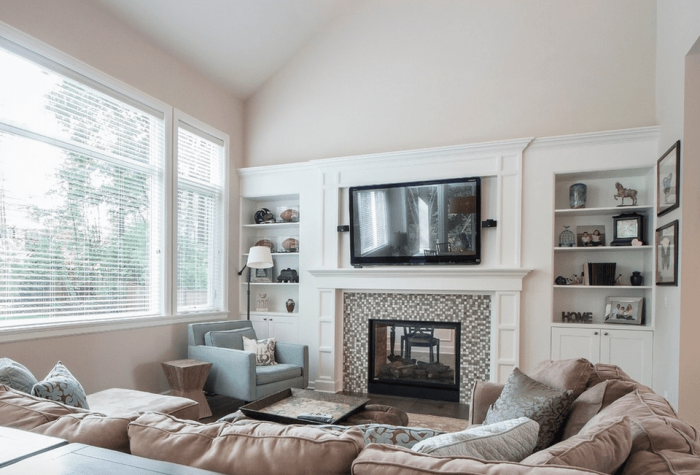
By painting the fireplace a color from the same family of colors as the walls you will give the room a coordinated modern look. There are two ways you can go, either paint the fireplace, one or two shades darker or lighter than the surrounding walls. This will either mute the fireplace, or allow it to stand out, but not overpower the rest of the living area.
Neutral:
If you are just painting the fireplace and not completely changing the color scheme of the room, then sticking with a neutral color may be the best option. No matter what color the rest of the room may be using a neutral color will won’t cool or warm the room’s appearance, and of course, a neutral color will work with just about any wall color or paper.
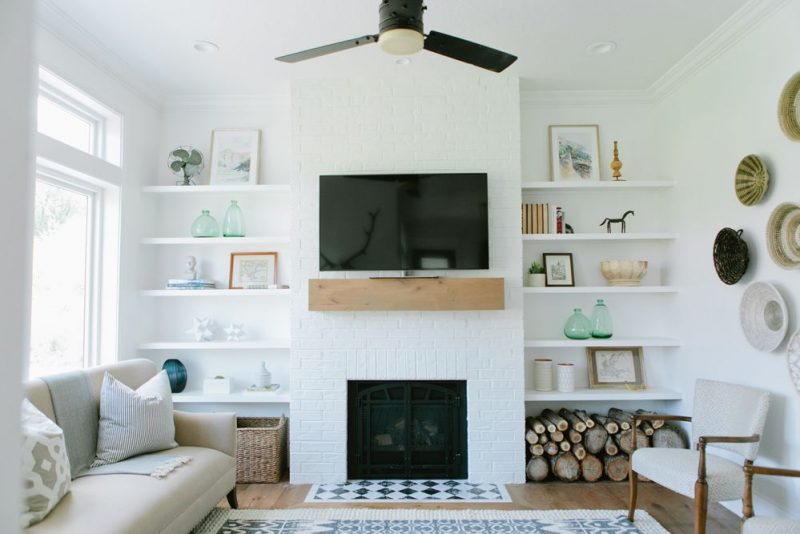
To brighten a room a brilliant white should do the trick, however, if you want something less vibrant consider an ivory or off-white shade to give a softer look. It has become popular to paint fireplaces a sleek black, which goes with modern paint schemes, and can add a little drama along with the neutrality.
Contrast:
Some fireplaces just never want to hide themselves so applying contrasting colors will bring an old brick fireplace into the 21st Century. It is easy to create a contrast using light and dark colors from the same family, such as terracotta and pale yellow. On the other hand, you could look for opposite contrasts on the color wheel that would work just as well.
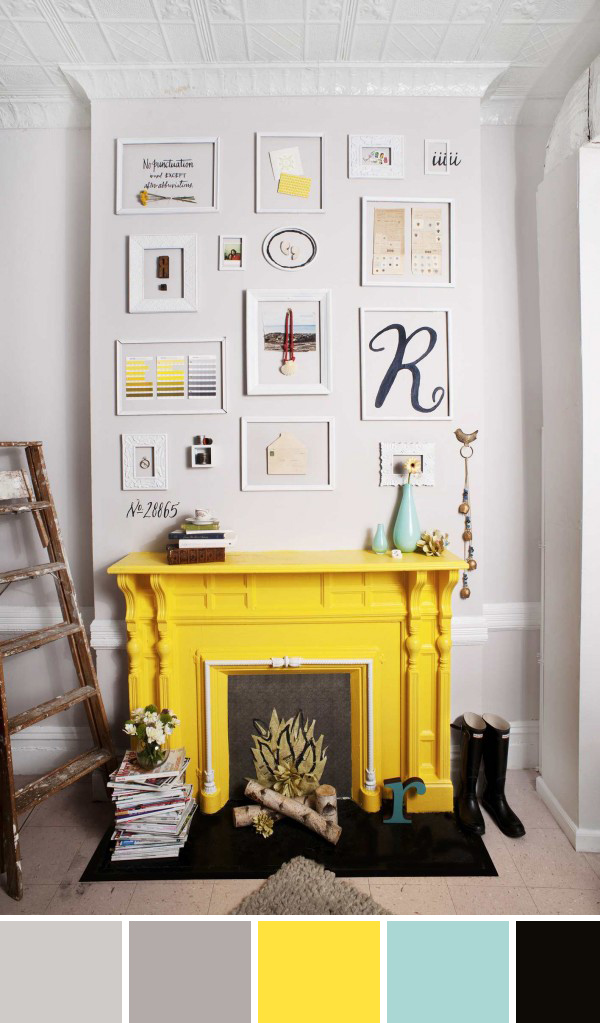
Mixing warm and cool shades also can help accent the fireplace, such as warm pink for the fireplace as opposed to cool gray-blue for the surrounding walls.
Double play:
Why just stick with one color for your brick fireplace. Most fireplaces will come with a mantel and maybe surrounds, that are often made from wood. Why not paint the brickwork one color, and the mantel and surrounds another.
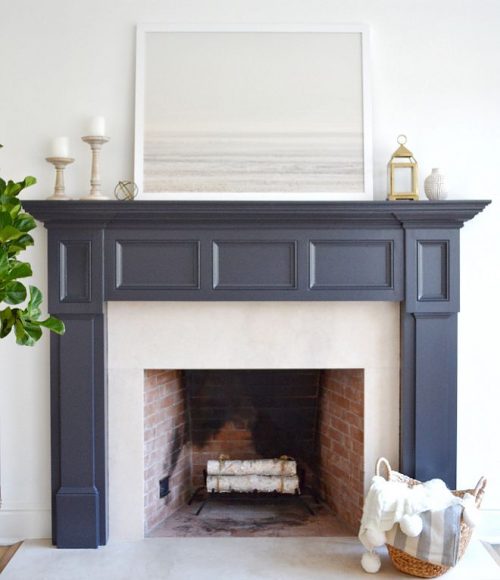
A classic combination of white brickwork and black for the woodwork will never go out of fashion and can provide a neutral backdrop for any room’s color scheme. You can also use the fireplace furniture to add contrast with the brickwork and paint it the same color as the surrounding walls to tie the two together.
.


